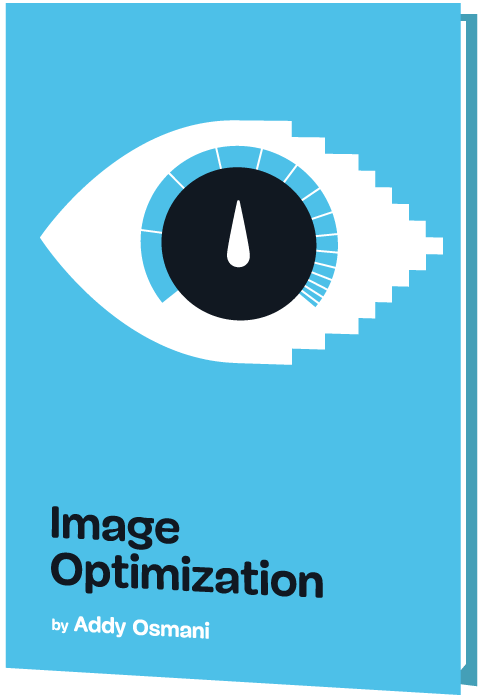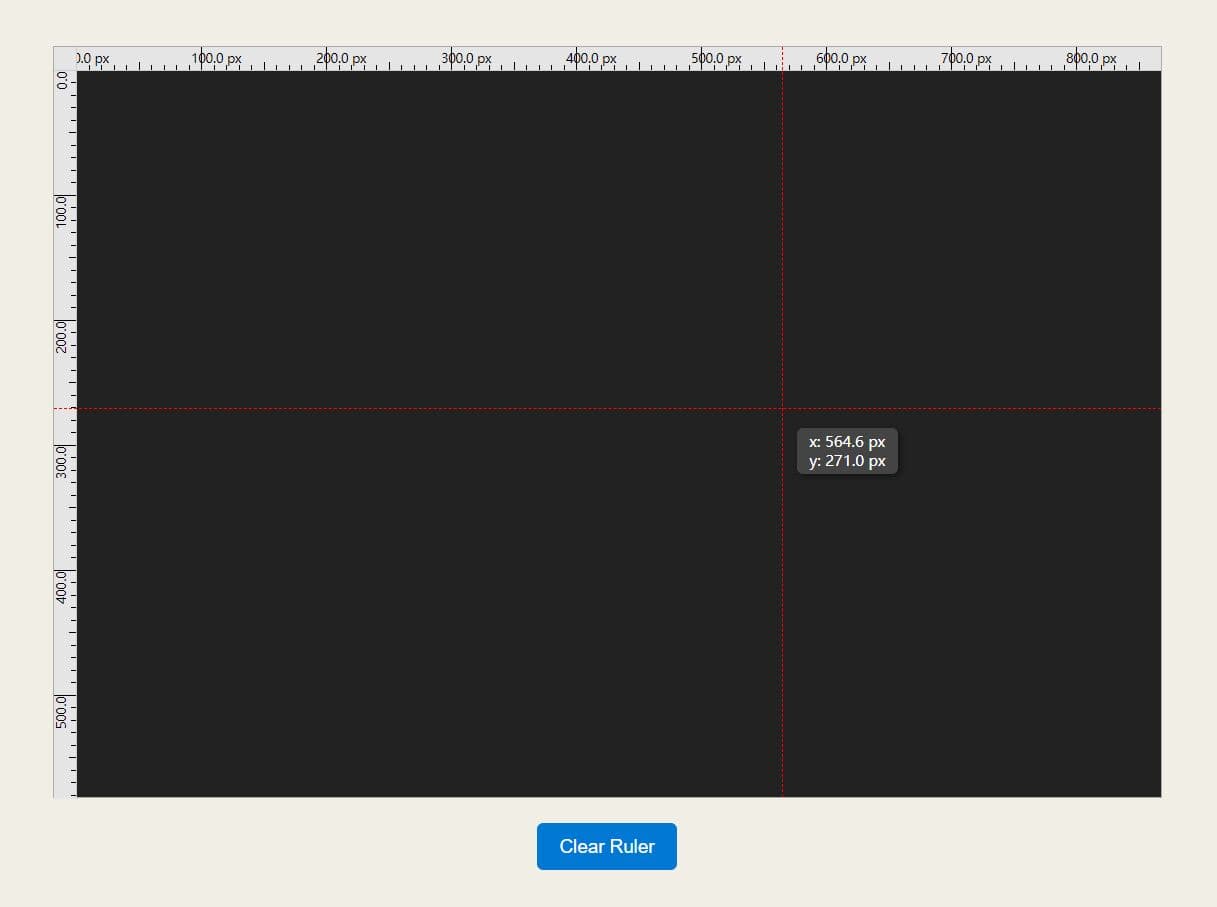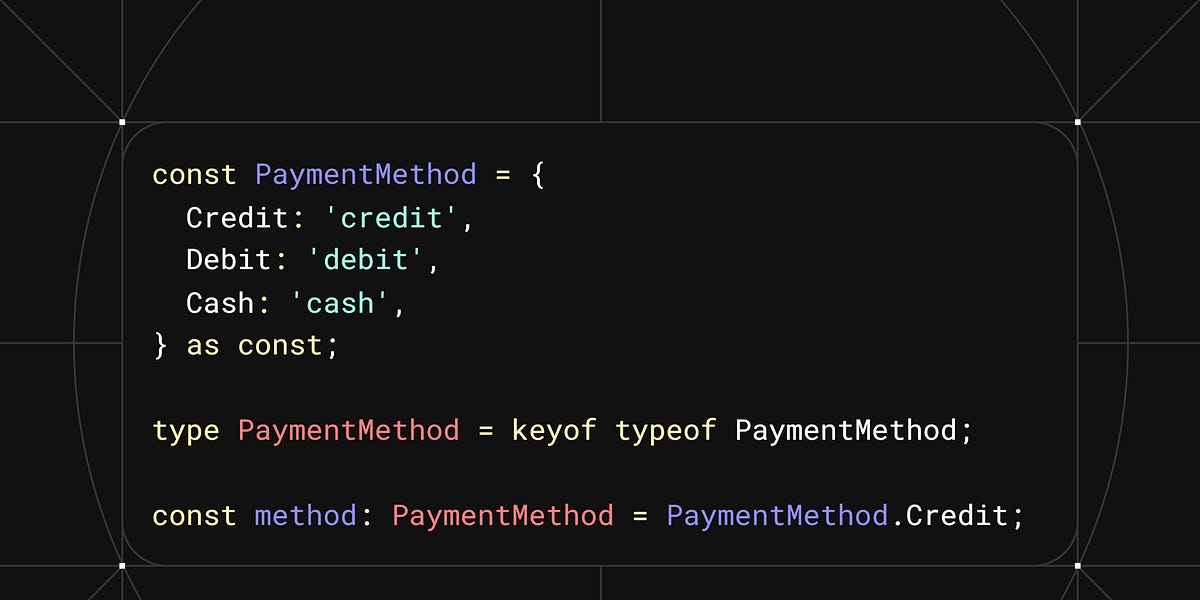JavaScript
JavaScript
[ follow ]
#typescript #bot-detection #cookies #jquery #browser-plugins #open-source #react #html5-canvas #canvas
fromThe Code Barbarian
3 weeks agoUsing Tries to Autocomplete MongoDB Queries in Node.js
Autocomplete seems like one of the easiest features to build. You take the user's input, loop through your list of options, and filter anything that starts with the same prefix: const matches = words.filter(w => w.startsWith(prefix)); And that works for small lists of text. But once your dataset gets large, or your completions come from structured text (like user.address.city or $gte), simple loops start to fall short.
JavaScript
fromScottjehl
4 weeks agoEnhancing Web Components Safely with Self-Destructing CSS | Scott Jehl, Web Designer/Developer
As CSS patterns go these days this one is delightfully low-tech, but in my work I've seen it have an outsized impact in ensuring usable experiences for increasingly-heavy websites when network or device conditions aren't ideal. This notion of delivering "optimistically" while planning for failure is something I've written about before, but the set-it-and-forget-it nature of this latest stab at it makes it my favorite yet.
JavaScript
fromInfoQ
1 month agoVite+ Unveiled with Unified Toolchain and Rust Powered Core
Vite+, the new unified JavaScript toolchain built on top of Vite, has been announced by VoidZero. Positioned as a drop-in superset of Vite, Vite+ introduces an all-in-one CLI experience, covering project scaffolding, testing, linting, formatting, library bundling, monorepo task running, and devtools visualization. The ambition is to reduce toolchain fragmentation and align large teams around a single, high-performance workflow. Vite+ aims to deliver enhancements across three primary dimensions: tooling consolidation, performance & scale, and enterprise-grade features.
JavaScript
fromjQuery Script
1 month agoAutomatically Number Your HTML Tables with jQuery - Autotablenumbers
Dynamic Row Numbering: It automatically adds sequential numbers to a specified column in your table. Respects Visibility: The plugin intelligently numbers only visible rows by default (tbody tr:visible). It works correctly even after you filter or hide rows. Customizable Output: You have options to make the numbers bold or add a leading zero for single-digit numbers (e.g., "01, 02, 03").
JavaScript
fromCSS-Tricks
1 month agoAn Introduction to JavaScript Expressions | CSS-Tricks
Well, not here-here; technically, I'm over at JavaScript for Everyone to teach you JavaScript. What we have here is a lesson from the JavaScript for Everyon e module on lexical grammar and analysis - the process of parsing the characters that make up a script file and converting it into a sequence of discrete "input elements" (lexical tokens, line ending characters, comments, and whitespace), and how the JavaScript engine interprets those input elements.
JavaScript
fromLogRocket Blog
1 month agoGoodbye, useState? Smarter state modeling for modern React apps - LogRocket Blog
React's useState provides instant gratification. You put a state in when you need one and update it wherever you want. It's easy to start with, and it's beneficial for managing local component state, but additional solutions may be necessary for larger projects. The issue isn't technical. David Khourshid, creator of XState, speaking on a recent episode of PodRocket, put it clearly: "The fundamental problem isn't React itself. React provides the primitives. However, it's the way we developers use these primitives."
JavaScript
fromRaymondcamden
2 months agoLinks For You (10/12/25)
I feel like this is something that's been shared before, and heck, I've talked about this myself many times as well, but it's a useful reminder that many things we've used JavaScript for in the past are not actually necessary and can be done by simpler, less complex means. Check out "You no longer need JavaScript", a great post focused on CSS improvements primarily but also some relevant HTML features you may not be aware of.
JavaScript
fromSlicker
2 months agoJavaScript Tutorial on the Fern Fractal (Barnsley Fern)
There's a quiet magic in the Barnsley fern-a simple set of rules that blossoms into a living, leafy pattern. The Barnsley fern is generated using an Iterated Function System (IFS): you repeatedly apply one of several affine transformations to a point, chosen at random with specific probabilities. Over many iterations, the points settle into the shape of a fern.
fromInfoWorld
2 months agoChainguard offers malware-resistant JavaScript libraries
The libraries, which are built from source on SLSA L2 (Supply-chain Levels for Software Artifacts) infrastructure, were introduced on September 25. By securely building each library and its dependencies from source, Chainguard Libraries for JavaScript offers security and engineering teams confidence that malware has not been inserted during the build or distribution of libraries in the JavaScript ecosystem, according to Chainguard. This eliminates a significant gap in the threat landscape, Chainguard added.
JavaScript
fromCreativeApplications.Net
2 months agotextmode.js - Library for dynamic ASCII art + text graphics with real-time rendering
textmode.js is a free, lightweight, and framework-agnostic creative-coding library for real‑time ASCII and textmode graphics in the browser. It combines a grid‑based API with a modern WebGL2 pipeline, multiple render targets, and aggressive instanced rendering to deliver smooth, high‑performance rendering. The library is designed to be easy to use and accessible to developers of all skill levels. Whether you're a seasoned developer or just starting out, textmode.js provides a simple and intuitive API that makes it easy to create stunning textmode art and animations.
JavaScript
JavaScript
fromGitHub
2 months agoGitHub - mutativejs/mutative-yjs: A library for building Yjs collaborative web applications with Mutative
Mutative-Yjs enables bidirectional sync between Yjs CRDT types and plain JavaScript objects, offering immutable draft-based updates, TypeScript safety, performant patching, subscriptions, and optional customization.
fromnetil.medium.com
2 months agobillboard.js 3.17.0: New Axis Customization, Label Styling & Image Labels!
Image Label Support A groundbreaking feature that allows using images as labels. Create more intuitive data representations with icons, logos, and custom images. Demo: https://naver.github.io/billboard.js/demo/#Data.DataLabelBorder Can control border radius and the padding, which will let customize styles as your needs. Inner Axis Ticks Introducing the `tick.inner` option that allows you to display axis ticks inside the chart area for a cleaner, more modern chart design. Demo: https://naver.github.io/billboard.js/demo/#Axis.TickInner Specify per axes by simply enabling the tick.inner option.
JavaScript
fromjsdevspace.substack.com
2 months agoFriday Links 28: The Latest in JavaScript (Sep 19, 2025)
Chinese AI firm DeepSeek revealed it spent only $294,000 training its R1 model far below the hundreds of millions claimed by U.S. rivals. Using 512 Nvidia H800 accelerators, the company trained R1 in just 80 hours. The release of R1 earlier this year rattled tech markets, even denting Nvidia's valuation. DeepSeek also acknowledged limited use of A100s and defended model distillation, stressing it makes AI more accessible despite U.S. accusations of copying OpenAI's work.
JavaScript
[ Load more ]









